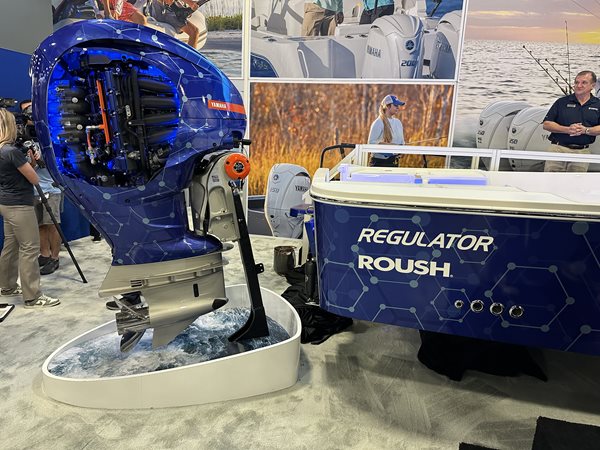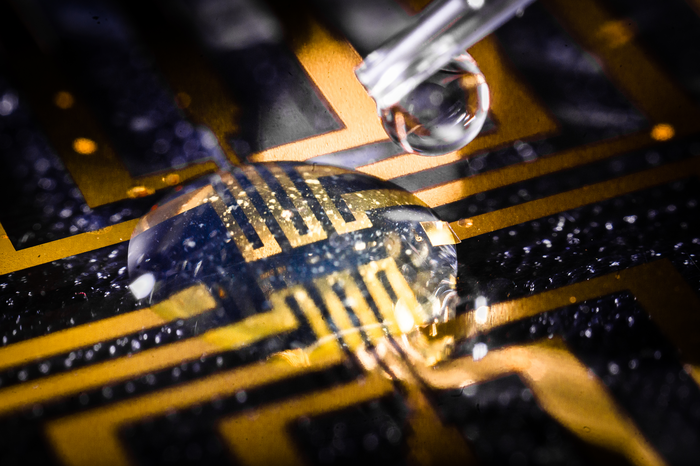Slicing through the water on a motorboat can be one of life’s greatest pleasures. The warm sun, fresh breeze, and beautiful sight of the shoreline drifting by can be quite soothing. This, however, can make it difficult to realize what it takes to make this possible. Those who do realize it, though, now have a reason to celebrate thanks to Yamaha.
The Japanese giant had already announced its intention to develop a new type of hydrogen-combustion outboard model. Now, the company has shown its prototype to the world as part of its efforts to become carbon neutral.
The outboard’s fuel system was engineered in partnership with Roush, which already had over two decades of experience with hydrogen system integration. The result of this collaboration is the world’s first hydrogen outboard for recreational boats, a milestone that has been celebrated by the whole industry.
The outboard was designed by Yamaha to test and demonstrate the applications of hydrogen-based solutions in a marine environment. If successful, this application could significantly reduce CO2 emissions without compromising performance, an achievement many companies are currently striving for.
Yamaha U.S. Marine Business Unit’s President Ben Speciale stated the new outboard would be essential to the company’s effort to become completely carbon neutral by 2050. While what follows after the testing that will take place later this year hasn’t been announced, Speciale made it clear that this is just the start.
While Yamaha has not outright ignored the latest developments in the creation of all-electric vehicles, its executives remain optimistic about its nitrogen-based solution. In fact, Regulator Marine’s President Joan Maxwell expressed that if successful, the company could start “designing hulls around these hydrogen fuel tanks.”
Regulator Marine was the company in charge of building the hulls for the prototype. This hull, which was based on that of the 26XO sport fishing boat, required the team to relocate several elements to meet the requirements of the new system. While already tested, the prototype will go through extensive testing to test its viability under more realistic conditions.







